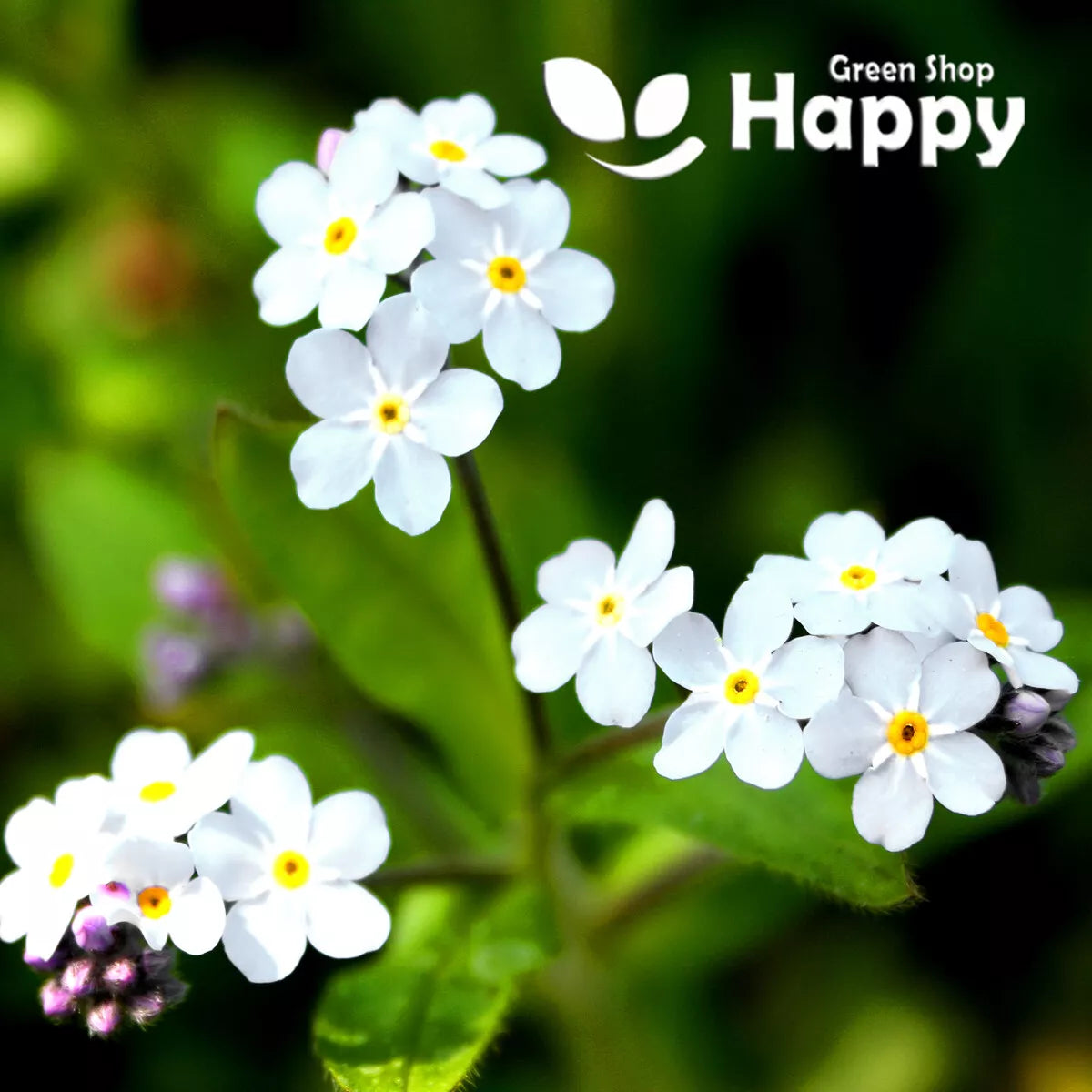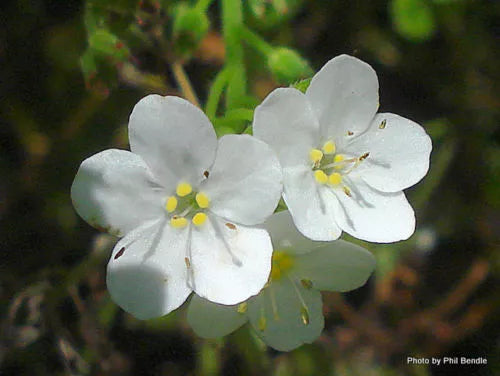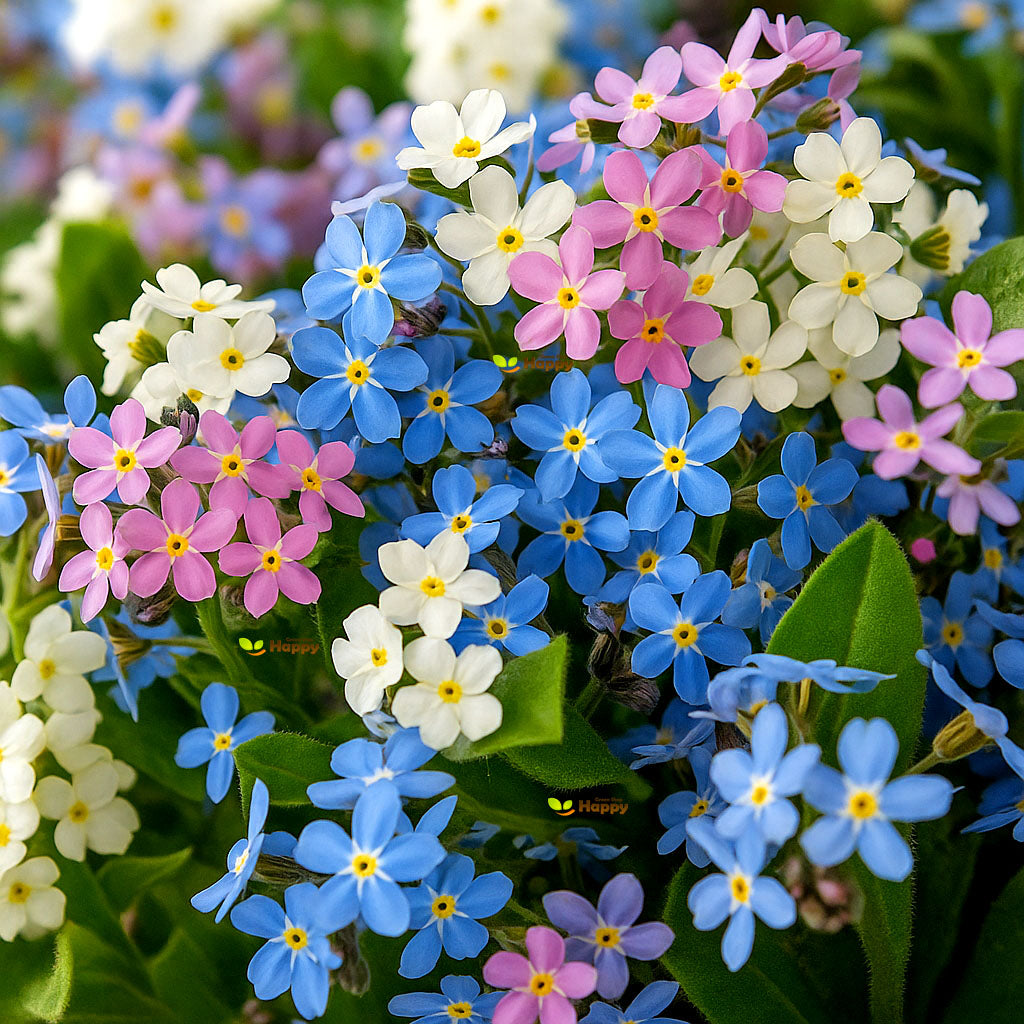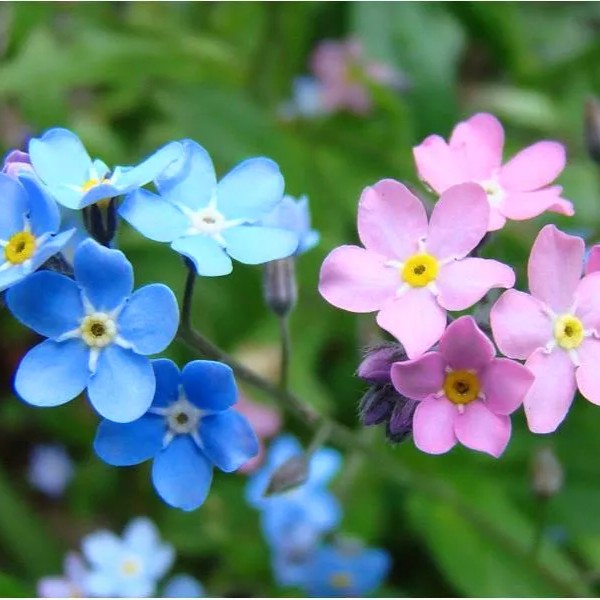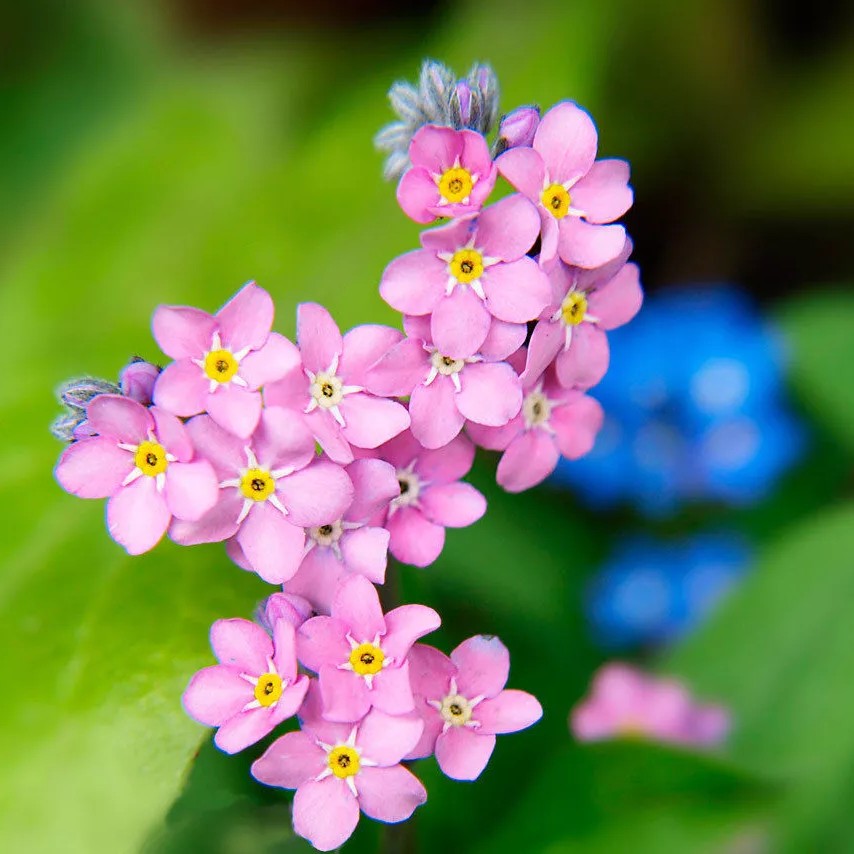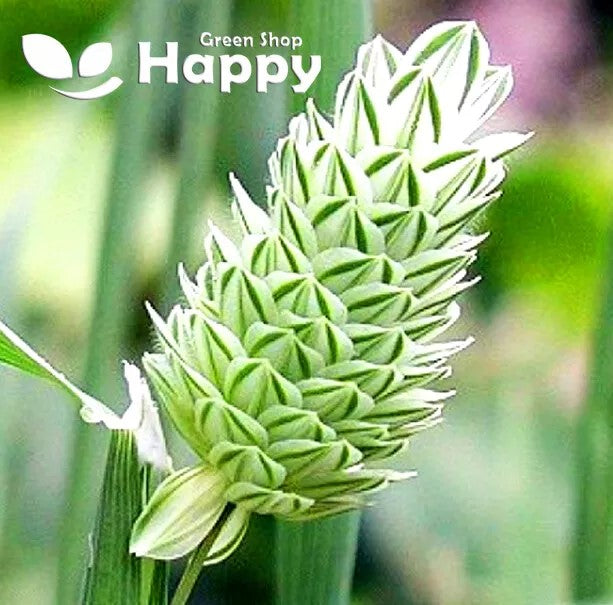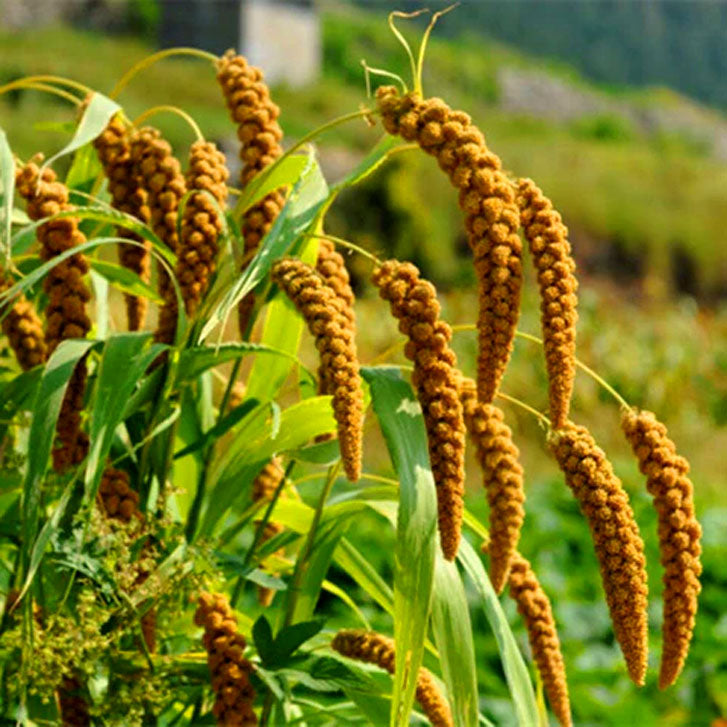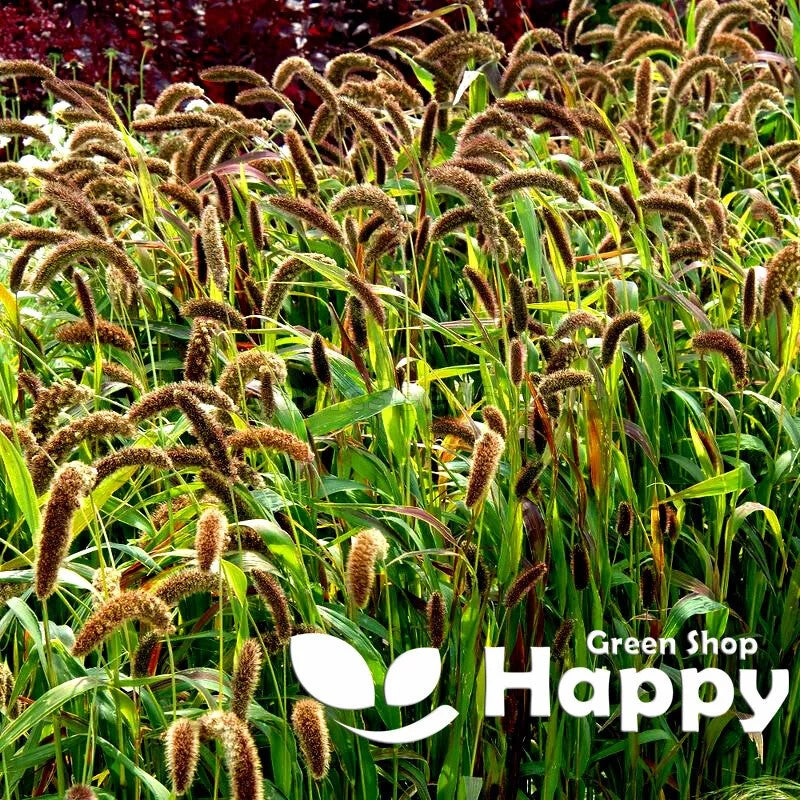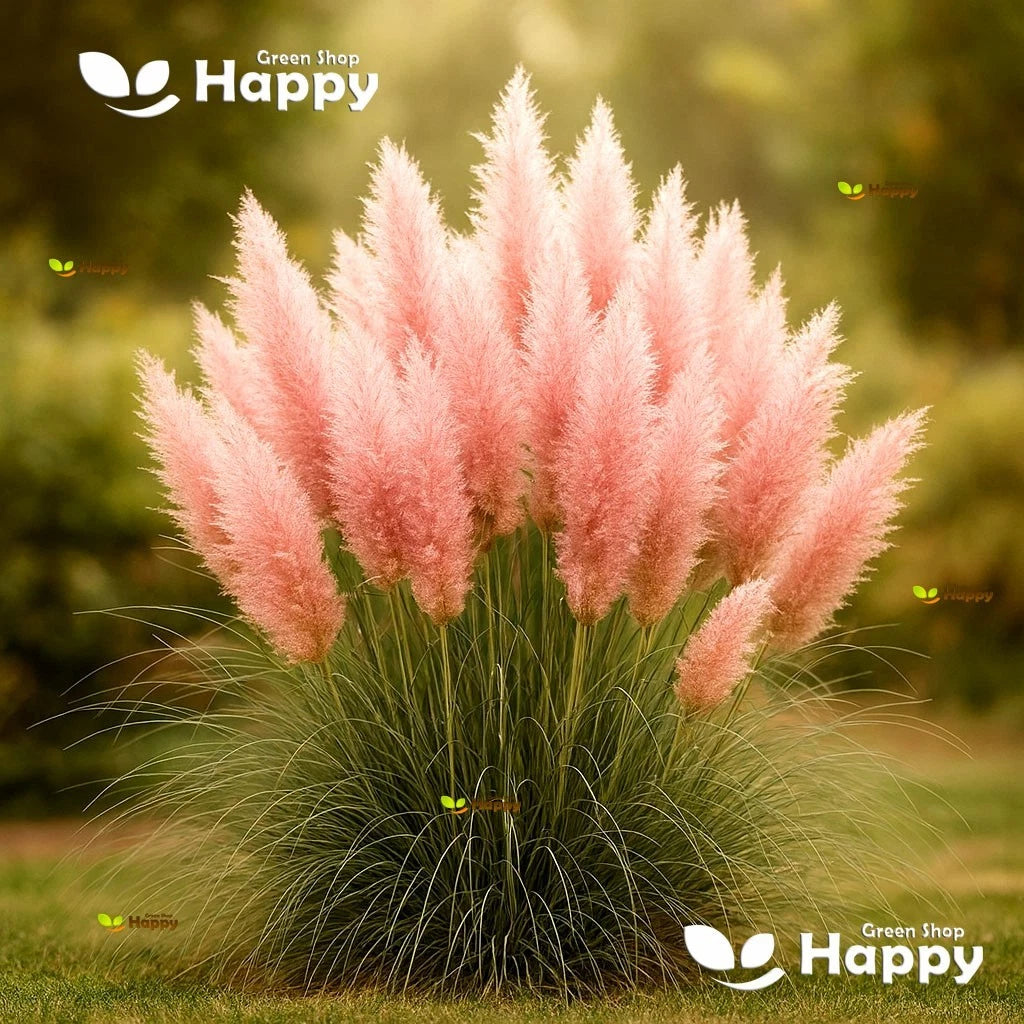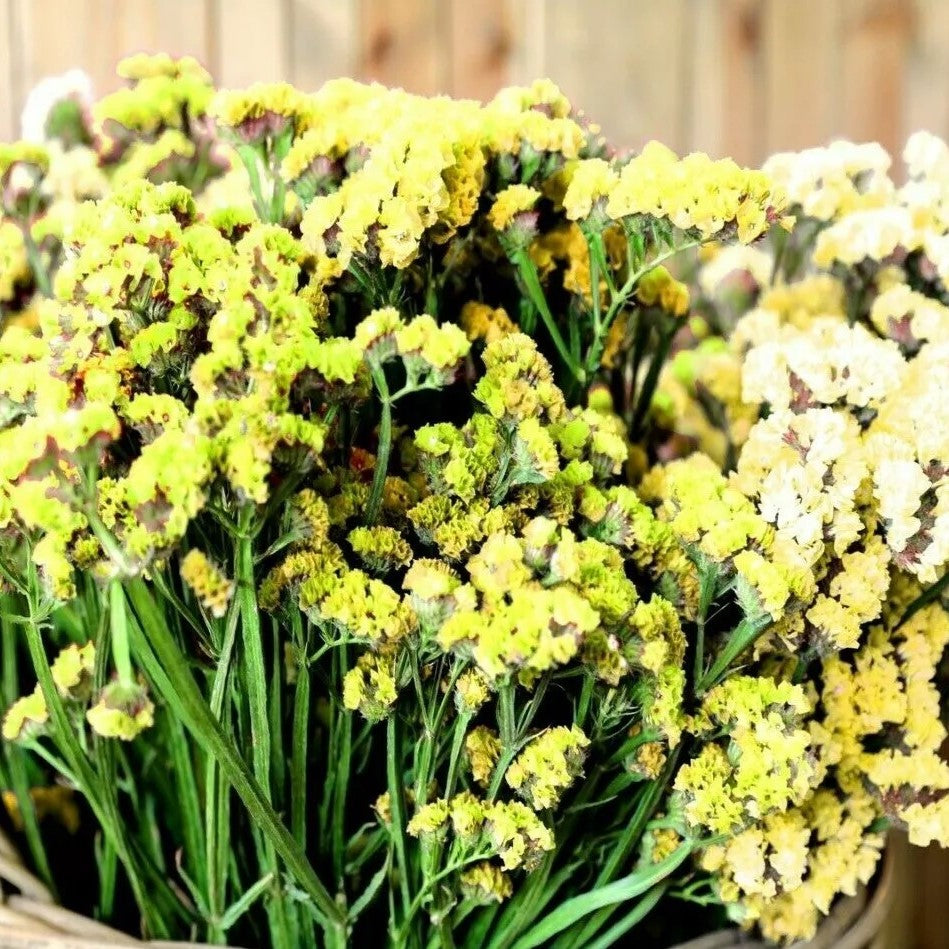Sort by:
211 products
211 products
Alpine Forget-Me-Not White Seeds (Myosotis alpestris)
The Alpine Forget-Me-Not White is a rare and elegant form of the classic alpine flower, producing clusters of pure white star-like blooms with delicate yellow centers. Compact and easy to grow, this hardy perennial is perfect for adding a touch of brightness to shady corners, rockeries, and spring borders. Its soft charm makes it a beautiful companion to blue and pink varieties, creating a natural alpine display.
What Makes It Special
-
Unusual snow-white blooms, less common than the classic blue
-
Hardy and resilient, ideal for cool and mountainous conditions
-
A symbol of purity, remembrance, and enduring affection
-
Pairs beautifully with colored alpine flowers and spring bulbs
Key Features
-
Botanical name: Myosotis alpestris
-
Variety: Alpine White
-
Height/Spread: 15–25 cm tall, 15–20 cm spread
-
Position: Full sun to partial shade; prefers moist, well-drained soil
-
Flowering period: Spring to early summer
-
Lifespan: Hardy perennial (often grown as a biennial)
Ideal For
-
Rock gardens and alpine borders
-
Shady garden spots
-
Cottage and wildflower gardens
-
Mixed displays with blue and pink forget-me-nots
-
Spring bulb underplanting (tulips, daffodils, hyacinths)
Sowing Instructions
-
When to sow: Late spring to mid-summer (May–July) for blooms the following spring.
-
How to sow:
-
Sow thinly on trays or directly into finely raked soil outdoors.
-
Cover lightly with soil or compost.
-
Keep moist until germination (10–21 days).
-
-
Transplant/Thin: Space seedlings 15–20 cm apart when large enough to handle.
-
Care: Allow to self-seed naturally for repeat displays year after year.
Alpine Forget-Me-Not Mix Seeds (Myosotis alpestris)
The Alpine Forget-Me-Not Mix is a charming, low-growing perennial that produces masses of tiny star-shaped flowers in soft shades of blue, pink, and white. Known for their delicate beauty and sentimental symbolism, forget-me-nots are perfect for naturalizing in borders, rock gardens, and wildflower meadows. These compact plants are especially suited for alpine and cottage garden settings, where they create a cheerful carpet of spring color.
What Makes It Special
-
Beloved for their dainty flowers and long-lasting symbolism of remembrance
-
Compact, low-growing plants ideal for rock gardens and alpine beds
-
Early-season blooms bring vibrant color to spring gardens
-
Excellent for naturalizing and combining with tulips or daffodils
Key Features
-
Botanical name: Myosotis alpestris
-
Variety: Alpine Mix
-
Height/Spread: 15–25 cm tall, 15–20 cm spread
-
Position: Full sun to partial shade; thrives in moist, well-drained soil
-
Flowering period: Spring to early summer
-
Lifespan: Hardy perennial (often grown as biennial in some climates)
Ideal For
-
Rock gardens and alpine beds
-
Cottage gardens and wildflower meadows
-
Spring bulb companions (daffodils, tulips)
-
Borders, edging, and naturalized plantings
Sowing Instructions
-
When to sow: Late spring to early summer (May–July) for flowers the following year.
-
How to sow:
-
Sow thinly in trays or directly in a prepared bed.
-
Cover lightly with fine soil or compost.
-
Keep soil moist until germination (1–3 weeks).
-
-
Transplant/Thin: Space plants 15–20 cm apart.
-
Care: Prefers cool, moist conditions. Allow some plants to self-seed for naturalized drifts.
Mexican Feather Grass Seeds (Stipa tenuissima)
Mexican Feather Grass is a delicate and elegant ornamental grass known for its fine, wispy foliage and soft, flowing plumes. Its graceful movement in the wind and silvery-green foliage makes it a standout in borders, rock gardens, or naturalistic landscapes. This low-maintenance grass also works beautifully in cut and dried flower arrangements.
What Makes It Special
-
Ultra-fine, feathery foliage that sways with the breeze
-
Creates a soft, flowing texture in gardens and containers
-
Adds a naturalistic, meadow-like effect
-
Excellent for fresh or dried floral arrangements
Key Features
-
Botanical name: Stipa tenuissima
-
Common name: Mexican Feather Grass
-
Seed count: Approx. seeds per pack
-
Height/Spread: 30–60 cm tall, 20–40 cm spread
-
Position: Full sun, well-drained soil
-
Flowering period: Summer
-
Lifespan: Annual or short-lived perennial in mild climates
Ideal For
-
Ornamental borders and rock gardens
-
Containers and patio pots
-
Naturalistic or meadow-style plantings
-
Cut flowers and dried arrangements
-
Low-maintenance gardens with texture and movement
Sowing Instructions
-
When to sow: March–May outdoors after frost, or indoors 4–6 weeks earlier
-
How to sow:
-
Scatter seeds on prepared soil and press lightly
-
Do not cover too deeply; seeds need light for germination
-
Keep soil lightly moist until seedlings appear (14–21 days)
-
-
Spacing: Thin seedlings to 20–30 cm apart
-
Care: Very low-maintenance; tolerates dry, poor soils and full sun
Ornamental Grasses Mix Seeds
(Phalaris canariensis, Panicum violaceum, Setaria italica, Setaria verticillata)
A carefully selected blend of ornamental and bird-friendly grasses, this mix combines Canary Grass, Violet Millet (Panic Grass), Foxtail Millet, and Bristle Grass. Together, they create textured plantings with unique seed heads that sway beautifully in the breeze, while also serving as a natural food source for wild birds.
What Makes It Special
-
A diverse blend of textures, seed heads, and heights for garden interest
-
Excellent for cut and dried flower arrangements
-
Wildlife-friendly, producing nutritious seeds that attract birds
-
Easy to grow in a variety of soils and conditions
Key Features
-
Species included:
-
Phalaris canariensis (Canary Grass)
-
Panicum violaceum (Violet Millet)
-
Setaria italica (Foxtail Millet)
-
Setaria verticillata (Bristle Grass)
-
-
Height: 50–150 cm depending on species
-
Position: Full sun, well-drained soil
-
Use: Ornamental, bird seed production, fresh or dried floral work
-
Lifespan: Annual grasses
Ideal For
-
Ornamental borders with movement and texture
-
Naturalistic or wildlife-friendly gardens
-
Bird lovers providing natural seed feed
-
Cut and dried flower arrangements
-
Agricultural or mixed planting use
Sowing Instructions
-
When to sow: March–May outdoors after frost, or under cover earlier
-
How to sow:
-
Scatter directly into prepared soil in a sunny, open site
-
Cover lightly (0.5–1 cm) with soil
-
Water gently and keep moist until germination (7–14 days)
-
-
Spacing: Thin seedlings to 20–30 cm apart
-
Care: Minimal maintenance required; thrives in full sun
Canary Grass Seeds (Phalaris canariensis)
Canary Grass is a fast-growing annual grass valued both as an ornamental plant and as a seed source for cage birds such as canaries, finches, and budgerigars. With its upright stems and dense, oval-shaped seed heads, it adds texture to gardens and is especially popular for wildlife plots and dried floral arrangements.
What Makes It Special
-
Produces dense, oval-shaped seed heads attractive in borders and dried bouquets
-
Seeds are highly nutritious, making it an excellent choice for bird feed
-
Quick and easy to grow, even for beginners
-
Thrives in most soils with minimal care
Key Features
-
Botanical name: Phalaris canariensis
-
Common name: Canary Grass
-
Seed count: Approx. seeds per pack
-
Height/Spread: 60–120 cm tall, 20–40 cm spread
-
Position: Full sun, well-drained soil
-
Flowering/Seeding period: Summer to early autumn
-
Lifespan: Annual grass
Ideal For
-
Bird seed production (canaries, finches, budgerigars)
-
Ornamental borders
-
Fresh and dried floral arrangements
-
Wildlife-friendly gardens
-
Agricultural use as a grain crop
Sowing Instructions
-
When to sow: March–May outdoors after frost, or under cover earlier for transplanting
-
How to sow:
-
Sow directly into prepared soil in a sunny location
-
Cover lightly with soil (0.5–1 cm deep)
-
Water gently to keep soil moist until germination (7–14 days)
-
-
Spacing: Thin or transplant seedlings 20–30 cm apart
-
Care: Requires little maintenance; thrives in sun and tolerates a range of soils
Foxtail Millet Seeds (Setaria italica)
Foxtail Millet is an ornamental and agricultural grass grown for its distinctive bushy, bottlebrush-like seed heads that resemble a fox’s tail. It is valued for both decorative use in floral arrangements and as a grain crop for food, birdseed, and forage. Its tall, upright stems and graceful flower spikes add structure and texture to garden borders, wildlife plots, and dried bouquets.
What Makes It Special
-
Produces attractive foxtail-like seed heads
-
Versatile: grown for ornamental, edible, and forage uses
-
Excellent for dried or fresh floral arrangements
-
Easy to grow, drought-tolerant and hardy
Key Features
-
Botanical name: Setaria italica
-
Common name: Foxtail Millet
-
Seed count: Approx. seeds per pack
-
Height/Spread: 90–150 cm tall, 30–50 cm spread
-
Position: Full sun, well-drained soil
-
Flowering period: Summer to autumn
-
Lifespan: Annual grass
Ideal For
-
Ornamental borders
-
Fresh and dried floral arrangements
-
Wildlife gardens (birds love the seed heads)
-
Grain production and forage
-
Naturalistic or prairie-style planting
Sowing Instructions
-
When to sow: April–June outdoors after frost, or start indoors 4–6 weeks earlier
-
How to sow:
-
Sow directly into well-drained soil in a sunny spot
-
Cover lightly with soil (depth 0.5–1 cm)
-
Keep moist until germination (7–14 days)
-
-
Spacing: Thin or transplant to 30–40 cm apart
-
Care: Low maintenance; thrives in heat and tolerates dry soil once established
Pampas Grass Pink Seeds (Cortaderia selloana)
Pampas Grass in soft pink shades is a spectacular ornamental grass, perfect for creating a bold yet elegant focal point in any garden. The tall plumes add height, texture, and movement to borders, while their delicate blush tones make them highly sought-after for floral arrangements and home décor.
What Makes It Special
-
Stunning pink-tinged plumes for a unique twist on the classic Pampas
-
Adds drama and structure to landscapes and garden borders
-
Drought-tolerant and hardy once established
-
Excellent for cutting, drying, and modern interior decoration
Key Features
-
Botanical name: Cortaderia selloana
-
Common name: Pampas Grass (Pink)
-
Seed count: Approx. seeds per pack
-
Height/Spread: Up to 2–2.5 m tall, 1.5–2 m spread
-
Position: Full sun; fertile, well-drained soil
-
Flowering period: Late summer to autumn
-
Lifespan: Hardy perennial
Ideal For
-
Dramatic garden focal points
-
Architectural and modern garden design
-
Coastal and drought-tolerant landscapes
-
Cutting and drying for long-lasting pink arrangements
-
Large borders, backdrops, or statement plantings
Sowing Instructions
-
When to sow: February–April indoors, or May–June outdoors after frost
-
How to sow:
-
Sow seeds on the surface of moist compost, do not cover (light needed for germination)
-
Maintain 18–22°C; germination in 2–4 weeks
-
-
Transplant: Pot on seedlings when large enough to handle
-
Planting out: Harden off before planting in a sunny, sheltered position with space to grow
-
Care: Water young plants well; once mature, Pampas Grass becomes drought-tolerant. Cut back old foliage in late winter to encourage fresh growth.
Statice Lavender Seeds (Limonium sinuatum)
Statice Lavender is a classic everlasting flower, producing masses of delicate lavender-colored blooms on strong stems. Known for retaining its color and shape when dried, it is highly valued by florists and gardeners alike. This sun-loving, drought-tolerant annual provides a long season of bloom and makes a superb cut or dried flower.
What Makes It Special
-
Soft lavender blooms with a papery texture
-
Excellent for drying and long-lasting arrangements
-
Long flowering season through summer and autumn
-
Hardy, drought-tolerant, and low maintenance
Key Features
-
Botanical name: Limonium sinuatum
-
Variety: Lavender
-
Seed count: Approx. seeds per pack
-
Height/Spread: 60–75 cm tall, 25–30 cm spread
-
Position: Full sun; prefers sandy, well-drained soils
-
Flowering period: July–September
Ideal For
-
Dried flower arrangements and crafts
-
Fresh floral bouquets
-
Cottage gardens and summer borders
-
Easy-care, drought-tolerant planting
Sowing Instructions
-
When to sow: February–April indoors; outdoors after last frost
-
How to sow:
-
Sow on surface of moist seed compost, lightly cover with vermiculite
-
Keep at 18–20°C; germination takes 10–20 days
-
-
Transplanting: Grow on, then harden off and plant 25–30 cm apart
-
Care: Prefers sunny, well-drained soil; avoid heavy watering
Statice Yellow Seeds (Limonium sinuatum)
Statice Yellow is a radiant everlasting flower, prized for its papery golden-yellow blooms that hold their vibrant color even after drying. A staple in cutting gardens and floristry, this hardy annual is excellent for fresh bouquets as well as long-lasting dried arrangements. With its sun-loving nature and tolerance to drought, Statice Yellow is both beautiful and practical.
What Makes It Special
-
Bright golden-yellow flowers with papery texture
-
One of the best everlasting blooms for drying
-
Long flowering season from summer into autumn
-
Tough, low-maintenance, and drought-resistant
Key Features
-
Botanical name: Limonium sinuatum
-
Variety: Yellow
-
Seed count: Approx. seeds per pack
-
Height/Spread: 60–75 cm tall, 25–30 cm spread
-
Position: Full sun; prefers sandy, well-drained soils
-
Flowering period: July–September
Ideal For
-
Fresh and dried cut flower arrangements
-
Cottage gardens and border displays
-
Florist-quality bouquets
-
Low-maintenance, drought-tolerant gardens
Sowing Instructions
-
When to sow: February–April indoors; outdoors after frost risk has passed
-
How to sow:
-
Sow on surface of moist compost, lightly cover with vermiculite
-
Maintain 18–20°C; germination in 10–20 days
-
-
Transplanting: Prick out seedlings, grow on, and harden off before planting 25–30 cm apart
-
Care: Prefers sunny, well-drained soil; avoid heavy watering
Showing 153/211





